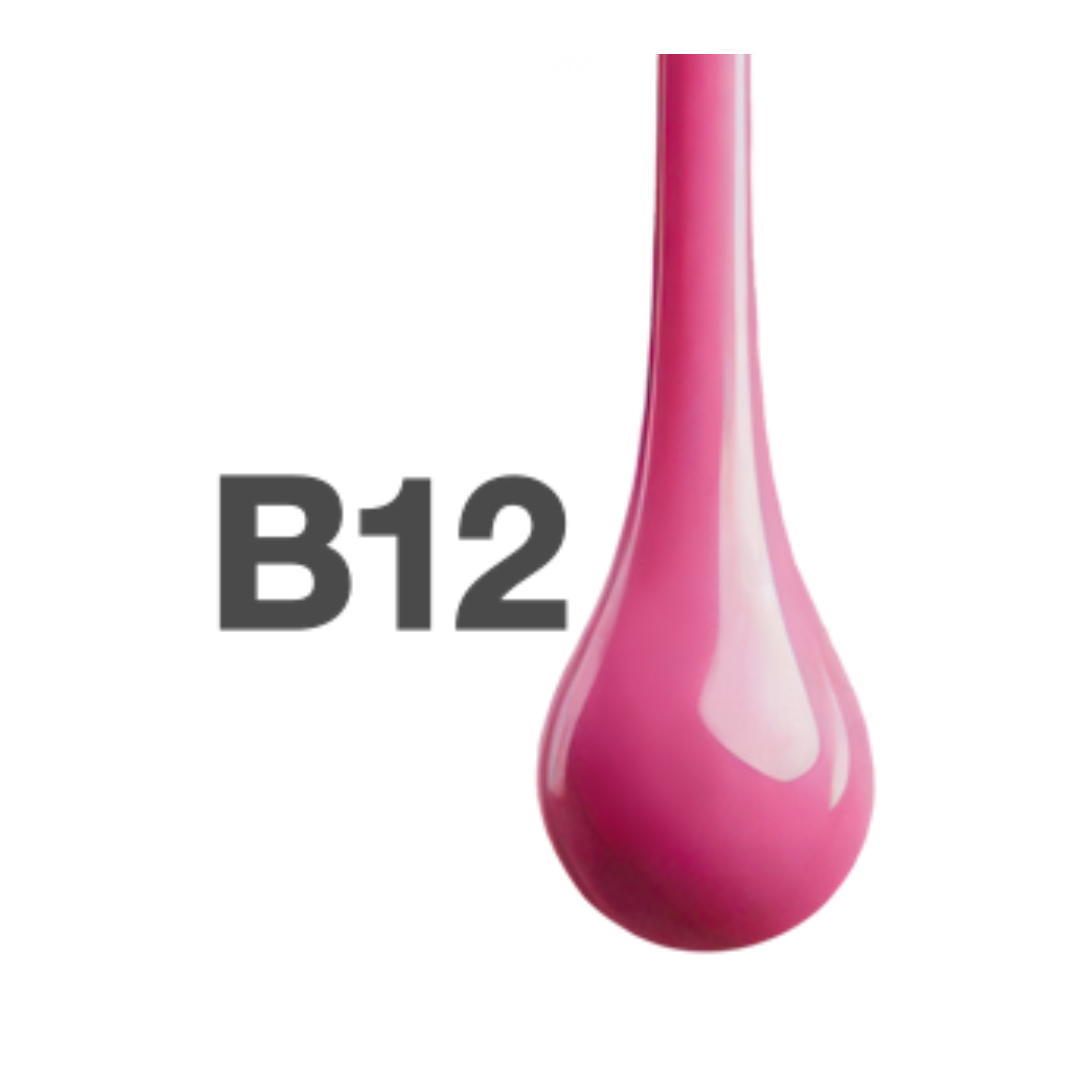Pelvic Inflammatory Disease – Learn About Symptoms, Causes and Treatments
As a woman, if you suspect you’ve got pelvic inflammatory disease you should always seek treatment rather than ignoring the symptoms.
In this guide you can read more about what causes pelvic inflammatory disease, how to look out for the symptoms and ways to treat it.
Table of contents
Why You Get Pelvic Inflammatory Disease
Pelvic inflammatory disease is the inflammation of the mucous membranes in the uterus, fallopian tubes and/or ovaries. It is a very common disorder that requires treatment.
The disease is caused by bacteria in the vagina entering and infecting the uterus. There are several different types of bacteria that can cause pelvic inflammatory disease.
The most common bacteria are chlamydia trachomatis. Known simply as chlamydia, this is one of the most common sexually transmitted diseases that can affect both men and women.
As the bacteria that trigger pelvic inflammation are transmitted to the uterus via the vagina, the most common cause of pelvic inflammatory disease is sex. Pelvic infections are therefore most commonly seen in women who are sexually active.
The risk of pelvic inflammatory disease is also higher in women who have had an abortion, have had a coil contraceptive device implanted or have had surgery in the uterus. This is because when surgical instruments are inserted into the vagina, there is an increased risk of transferring bacteria from the vagina to the uterus.
When non-sexually active women develop pelvic inflammatory disease, it is typically caused by rectal intestinal bacteria that have been transferred to the vagina. This can happen if you wipe forward from back to front after going to the toilet.
Toxic Shock Syndrome
Furthermore, using the same tampon for long periods (more than eight hours) may trigger toxic shock syndrome, which is caused by a streptococcal/staphylococcal infection. This type of pelvic inflammation is very rare, but it’s also very dangerous and can sometimes be life threatening.
It is therefore important that you never use the same tampon for long periods at a time, and that you react quickly if you ever suspect you are experiencing toxic shock syndrome.
How to Treat Pelvic Inflammatory Disease
Some pelvic inflammations and infections rarely turn into full-blow diseases, unless you leave them to fester untreated for a long period of time. In fact, the longer you leave the inflammation untreated, the higher your risk of developing a far worse disease.
If you suspect that you have pelvic inflammatory disease, it is important that you contact your doctor for an examination.
Pelvic Inflammation Should Always Be Treated
If you don’t seek out treatment, your pelvic inflammation may heal by itself, however, with this comes a risk. The price to pay for untreated pelvic inflammatory disease is chronic pain and recurring pelvic inflammation. It’s also much harder for you to conceive, in fact you may not be able to fall pregnant at all.
In most cases, the pelvic inflammatory disease will initially infect the uterus and sometimes spread to the fallopian tubes. If the infection spreads to the ovaries, it becomes far more serious.
The treatment will depend on the specific cause of your pelvic inflammatory disease. If the cause of the disease is chlamydia, you will be treated for chlamydia. Likewise, if the cause is another type of bacteria, you will be treated for that bacterial infection.
In all cases, the treatment will typically be a tablet treatment with antibiotics. The treatment usually lasts one to two weeks.
During the treatment period, you will usually be advised to get plenty of rest and avoid sports/physical activities so that you don’t risk the inflammation spreading further.
In severe cases of pelvic inflammatory disease, surgery may be necessary. This typically only happens if a tumour develops between the fallopian tubes and ovaries. In rare and particularly severe cases, it may be necessary to remove the fallopian tubes and ovaries.
How to Avoid Pelvic Inflammatory Disease
If you have pelvic inflammation, it should be treated as soon as possible. However, there are several things you can do to reduce the risk of developing pelvic inflammation in the first place.
If you are sexually active, but with the same partner in a long-term relationship, you will develop a natural resilience to each other’s genital bacterial. Furthermore, you also have a reduced risk of catching a sexually transmitted disease by only being intimate with one person.
However, if you have multiple partners and do not use a condom, you expose yourself to many different, new bacteria and thus the risk of developing an infection is increased. Condoms are therefore the best protection against both sexually transmitted diseases and pelvic inflammation.
During sex, you can also use products that counteract the bacteria. These bacterial infections may otherwise cause itching, irritation, dryness and unpleasant odours.
Australian Bodycare Intimate Glide is a gel that contains naturally antibacterial tea tree oil, that is known to effectively neutralise bacteria.
What Does Pelvic Inflammatory Disease Feel Like?
Pelvic inflammatory disease is an unpleasant disorder. You’ll generally know when you have it, because the pain and other symptoms can be quite severe.
In mild cases of inflammation, however, it can be difficult to assess whether symptoms such as pain and unusual discharge are due to menstruation or something more serious, such as pelvic inflammatory disease.
If you experience fever along with the other symptoms, it is more likely that you’re suffering an infection rather than your usual menstruation symptoms. If in doubt, you should always consult your doctor so that you can be examined. You should never leave an infection untreated.
In some women, the symptoms are quite mild (especially at the beginning), and therefore it can be difficult to work out if something is wrong. However, if you have even the smallest suspicion that something is wrong, you should always get it checked out.
In the case of toxic shock syndrome, the typical symptoms are a sudden and rapid rise in temperature to 39-40 degrees, blurred vision, general unwellness, and potentially a skin rash.
It is a rare condition, but it is fatal. If you suspect you have it, it’s very important that you act immediately to get effective treatment.
What Are the Signs of Pelvic Inflammatory Disease?
Pelvic inflammatory disease is not something to be taken lightly.
On one hand, it may just be uncomfortable for a while. On the other hand, untreated pelvic inflammation can have significant consequences. This may include chronic pelvic pain, recurrent pelvic inflammation, scar tissue formation on the ovaries and fallopian tubes, risk of pregnancy outside the womb and/or reduced chances of conceiving and even infertility.
Therefore, it is always worth knowing the characteristic signs of pelvic inflammation:
Symptoms of Pelvic Inflammatory Disease
- Descending pain within the abdomen/genitals.
- Change in discharge. Typically, you will see an increased amount, an unusual appearance and an unusual odour. Often the discharge is brownish or yellowish, viscous and pungent.
- Fever and general feelings of unwellness, possibly accompanied by chills, nausea and vomiting.
- Spotting between menstrual periods or after sex.
- More intense or painful periods compared to normal.
- Pain, soreness or stinging when urinating.
Pelvic Inflammation After Giving Birth
When giving birth, it is easier for bacteria to access and penetrate the uterus. During labour, the contractions also mean that bacteria can be forcefully pushed into the tissue around the womb and uterus. Should bacteria get into the uterus, you will not necessarily fall ill. However, in some cases it can lead to pelvic inflammation.
Birth via caesarean section results in an increased risk of pelvic infection. During a c-section, the cervical cavity is cut open through the skin, making it easier for bacteria to penetrate.
Giving birth puts a lot of strain on the body. Furthermore, in the postpartum period, there are also major changes within the body.
The first six weeks after birth are known as the postpartum period. In this period alone, the risk of pelvic inflammation is much greater than any other stage during pregnancy.
Pelvic infections are one of the main reasons why women get childbed (postpartum) fever. The symptoms of childbed fever, in addition to the symptoms of pelvic inflammatory disease, may include abdominal pain, general discomfort and odorous discharge.
If you experience any of these types of symptoms, you should seek medical attention immediately for an examination.
Pelvic Inflammation After an Abortion
During an abortion, medical instruments are inserted into the vagina and uterus. Although the instruments are of course sterile according to good hygienic conditions, there is always the risk that bacteria from the vagina will be brought up into the uterus.
There are so many different microorganisms in the vagina that the risk will always be present.
If, after an abortion, you experience symptoms such as pain in the pelvis and vagina, general unwellness, fever, nausea, a thick and smelly discharge, pain when urinating or other forms of discomfort, it may indicate signs of pelvic inflammation.
If you suspect that you have pelvic inflammation it’s important that you contact your doctor, so you can be examined and treated.
Having an abortion leads to an increased risk of pelvic inflammation. You face the same risks when having a copper coil contraceptive implanted.
The risk is always greatest in the first three months. If you have a coil, and you experience pelvic inflammation symptoms, you should always go to your doctor for an examination.
Pelvic Inflammatory Disease Without A Fever
Pelvic infections don’t necessarily go hand in hand with a fever, and in most cases where there’s a fever, you will experience the other symptoms first. It’s always important to act quickly when you experience changes in the pelvic/genital area, as otherwise you may risk serious consequences, such as infertility.
Symptoms of pelvic inflammation may include pain, unusual discharge and potentially bleeding. Some people may also experience a fever, but you can certainly have pelvic inflammation without being feverous.
Initially, two out of three of these criteria must be met before a diagnosis can be made: fever (running a temperature above 38.5 degrees), elevated infection rates (measured by blood test) and osteoporosis (by gynaecological examination).
Therefore, you don’t necessarily need to have a fever before you can be diagnosed with pelvic inflammatory disease.
Pelvic infections can also present as a disease with mild pain and without feelings of unwellness.
FAQ for Pelvic Inflammation
What Does Pelvic Inflammation Feel Like?
Symptoms of pelvic inflammation can vary from mild to severely uncomfortable. Either way, it’s important that you’re always treated if you have pelvic inflammation. It is good to know that the typical symptoms are pain in the abdomen, a changing in discharge colour to brownish or yellowish green, discharge that’s also viscous and pungent, fever and general feelings of unwellness, prolonged menstrual bleeding or bleeding after sex, severe or more painful menstruation and/or pain and burning sensations when urinating.
What Is Pelvic Inflammation Disease?
Pelvic inflammation is the inflammation of the uterus, fallopian tubes and/or ovaries. The inflammation occurs in the mucous membranes and is caused by bacteria entering the uterus via the vagina.
Why Do You Get Pelvic Inflammation?
Pelvic inflammation is caused by bacteria entering the uterus via the vagina. The most common bacterium is chlamydia. Pelvic inflammation is most commonly seen in sexually active women. Furthermore, there’s an increased risk of pelvic infection after an abortion or surgery in the uterus, and for women who’ve had a copper coil contraceptive.
Is Pelvic Inflammation Dangerous?
A common case of acute pelvic inflammation that’s treated quickly will rarely be dangerous or cause future symptoms. Untreated pelvic inflammation, on the other hand, can be dangerous, and may lead to chronic pelvic pain, scar tissue and problems conceiving or infertility.







